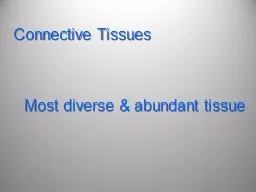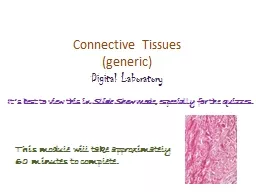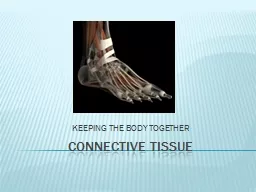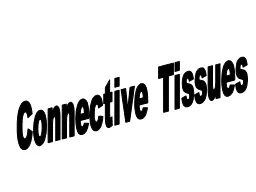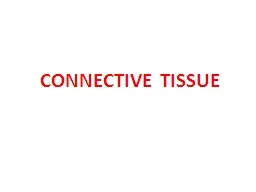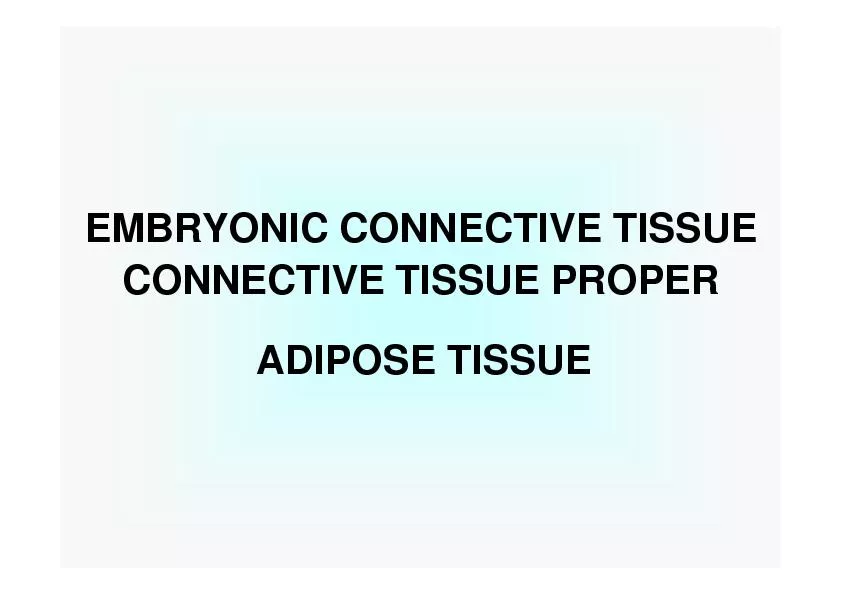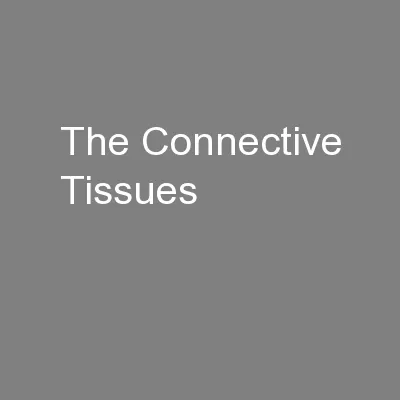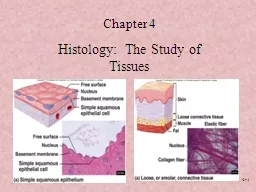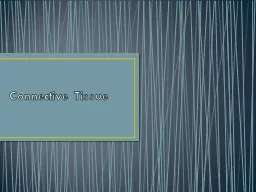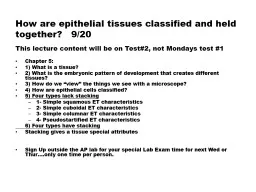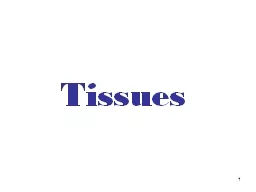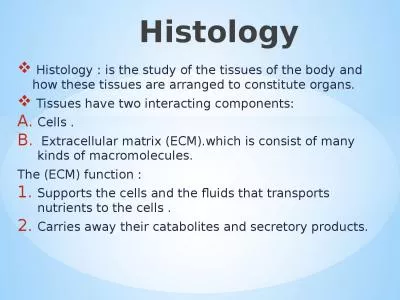PPT-Connective Tissues
Author : celsa-spraggs | Published Date : 2016-10-19
Most diverse amp abundant tissue Main Role Strength against forces Protect organs Maintain organ shape Provide frame for muscle pull 2 Components Cells matrix
Presentation Embed Code
Download Presentation
Download Presentation The PPT/PDF document "Connective Tissues" is the property of its rightful owner. Permission is granted to download and print the materials on this website for personal, non-commercial use only, and to display it on your personal computer provided you do not modify the materials and that you retain all copyright notices contained in the materials. By downloading content from our website, you accept the terms of this agreement.
Connective Tissues: Transcript
Download Rules Of Document
"Connective Tissues"The content belongs to its owner. You may download and print it for personal use, without modification, and keep all copyright notices. By downloading, you agree to these terms.
Related Documents

